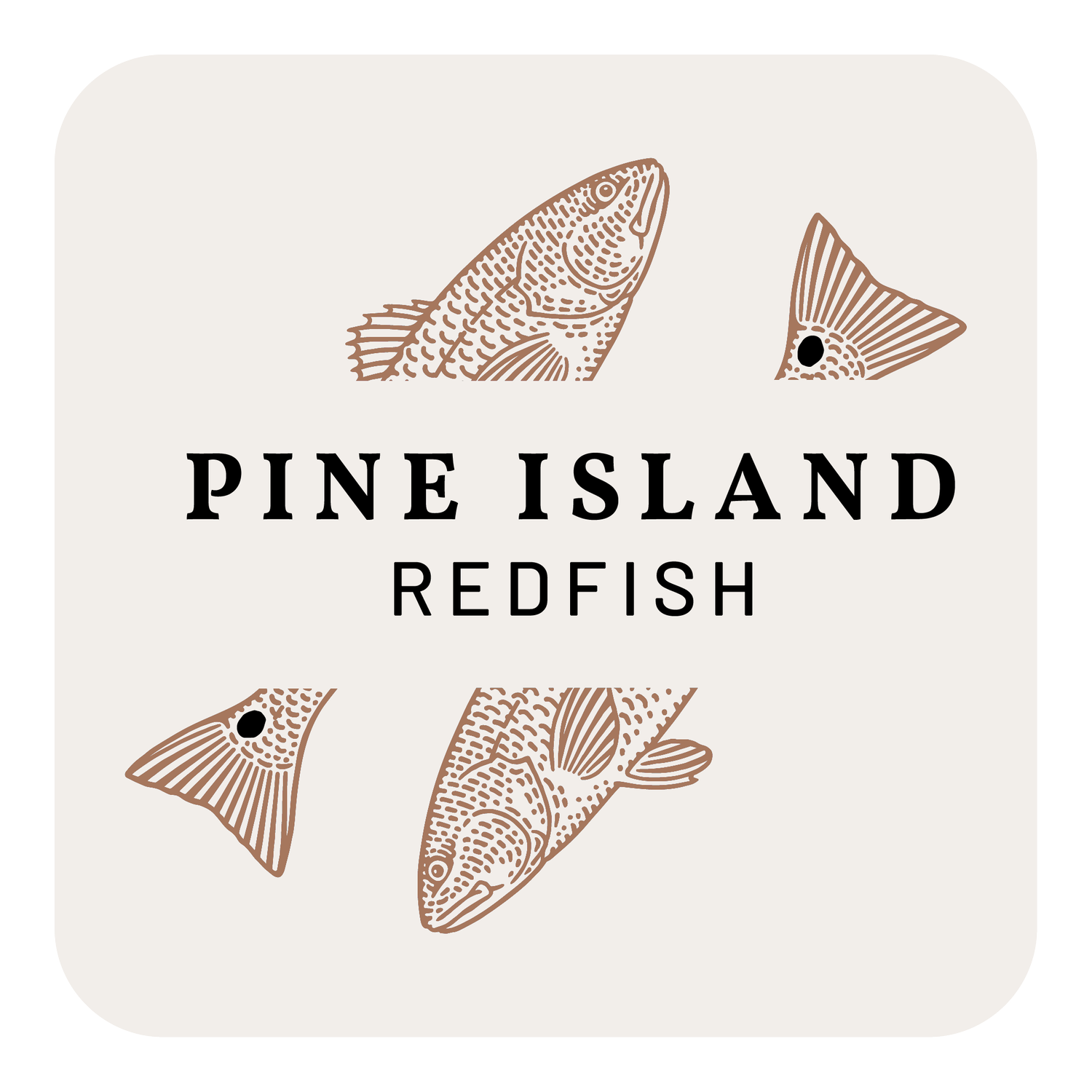
Our Plants
Mangroves
Let’s talk fish poop! Yes, fish waste management (disposal of both solid and dissolved wastes) is one of the biggest challenges for Recirculating Aquaculture System operators. Waste disposal in land-based aquaculture is complex and costly; there are considerable issues condensing the salty waste into a form that can be disposed of efficiently and cost effectively.
At Pine Island Redfish, we solve this industry pain point. We utilize the nutrients from the fish waste to cultivate SALT-LOVING plants, which also happen to be nutrient dense; one of our greatest tools to combat climate change.
Mangroves can actually sequester carbon at a rate TEN TIMES greater than mature tropical forests. They also store three to five times more carbon per equivalent area than tropical forests. Because our Mangroves are cultivated in salt water and are pre-acclimated to that seawater, they can be replanted with a significantly improved survival rate over those in conventional nurseries.
Purslane
We’re proud of how we re-purpose our waste to cultivate solutions for coastal resiliency and carbon sequestration… and our beautiful Mangroves aren’t alone in the spotlight. With our salty, super-fertilizer from our Redfish, we grow several species of NUTRIENT-DENSE superfoods.
Enter salt-loving Sea Purslane. This edible halophyte plant is native to coastal habitats in Florida. It can be eaten raw, cooked or pickled. And you’ll find it in pesto and other sauces. Sometimes, this superfood is used as a neutral and healthier salt. Sea Purslane earns its title as a super food as it provides an excellent source of vitamin A and rich source of vitamins C and B complex, as well as minerals such as magnesium, iron, calcium, manganese and potassium. It’s also chock full of omega-3 fatty acids, surprisingly more than any other leafy vegetable plant. And you may ask... how can such a superstar plant do more than produce beautiful greenery and taste great??? Its stabilizing roots combat coastal erosion and, in turn, encourage biodiversity.
SO, much like Mangroves, these plants ensure our coastal resiliency BUT ALSO provide us critical nutrients in a new and very fun culinary way!
Barilla & Samphire
Along with our Sea Purslane, these superfoods play a major role in the future of our food system. Soil salinization is affecting over 20% of our historical agriculture (plant production) land. This is largely driven by increased droughts, increased coastal flooding, and conventional irrigation practices flooding more salts to the surface soils.
As food producers, we are always searching for nutrient-rich superfoods to add to our plant production; foods with nutrient dense biomass even in these changing conditions. Enter our sea veggies. These plants thrive in land and water containing high salt, making them a great adaptive solution. They are truly versatile, being great sources of nutrients, fuel, fiber, and oils. Also, they have medicinal qualities. In some cases, they can even help remediate or reverse salinization. Now that is something truly SUPER!
Barilla has a peppery and nutty flavor, making it a great addition to salads or even dried and sprinkled on popcorn. Samphire, or Sea Asparagus, has a well-established following in Europe. It is a perfect side dish for FISH (hint hint) when sautéed with butter and garlic or charred and added to pasta.
We love these green solutions for what they do for the circularity of our redfish production process… but also what they mean for the future of aquaculture siting that works within our planetary means.




